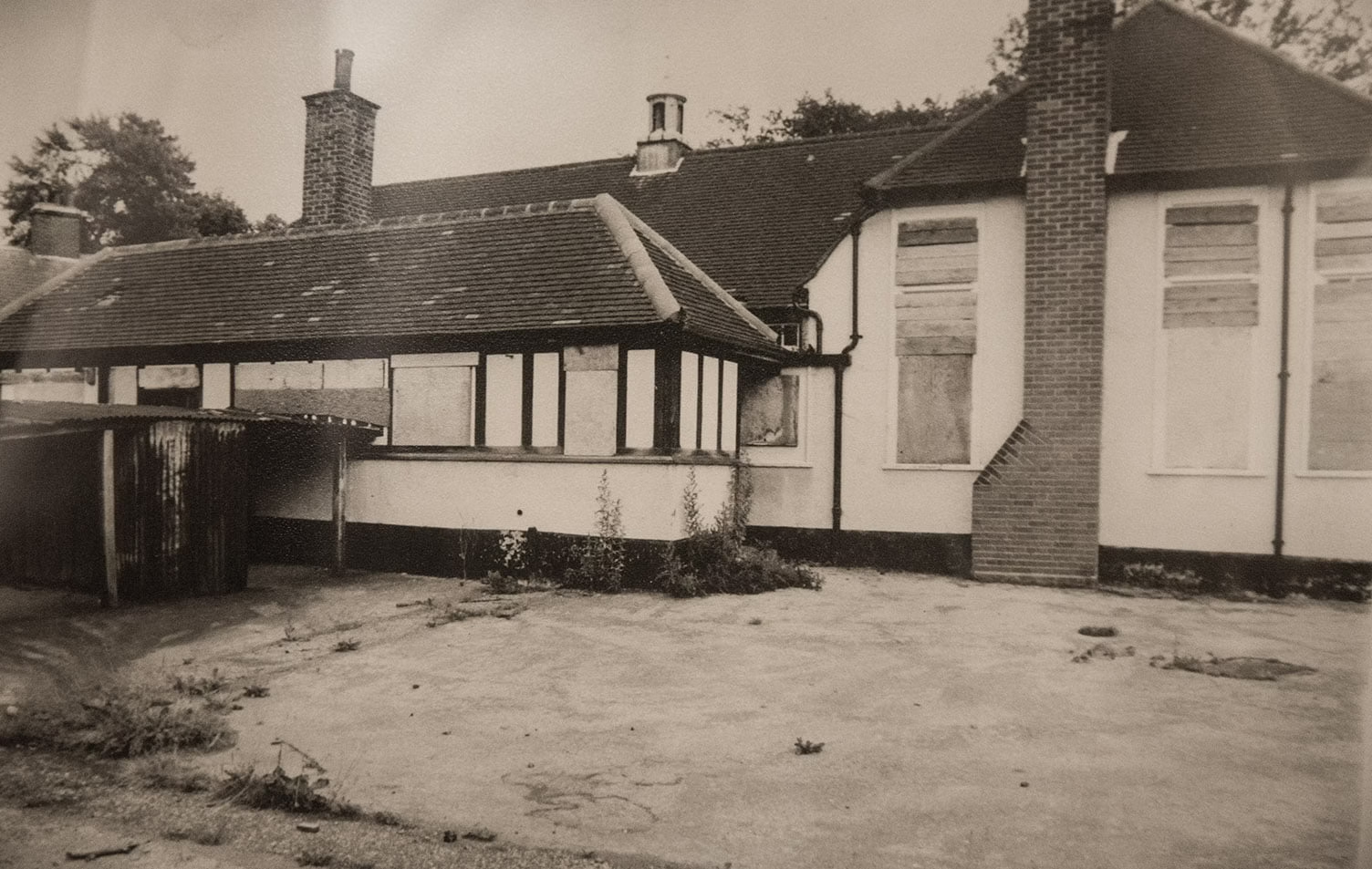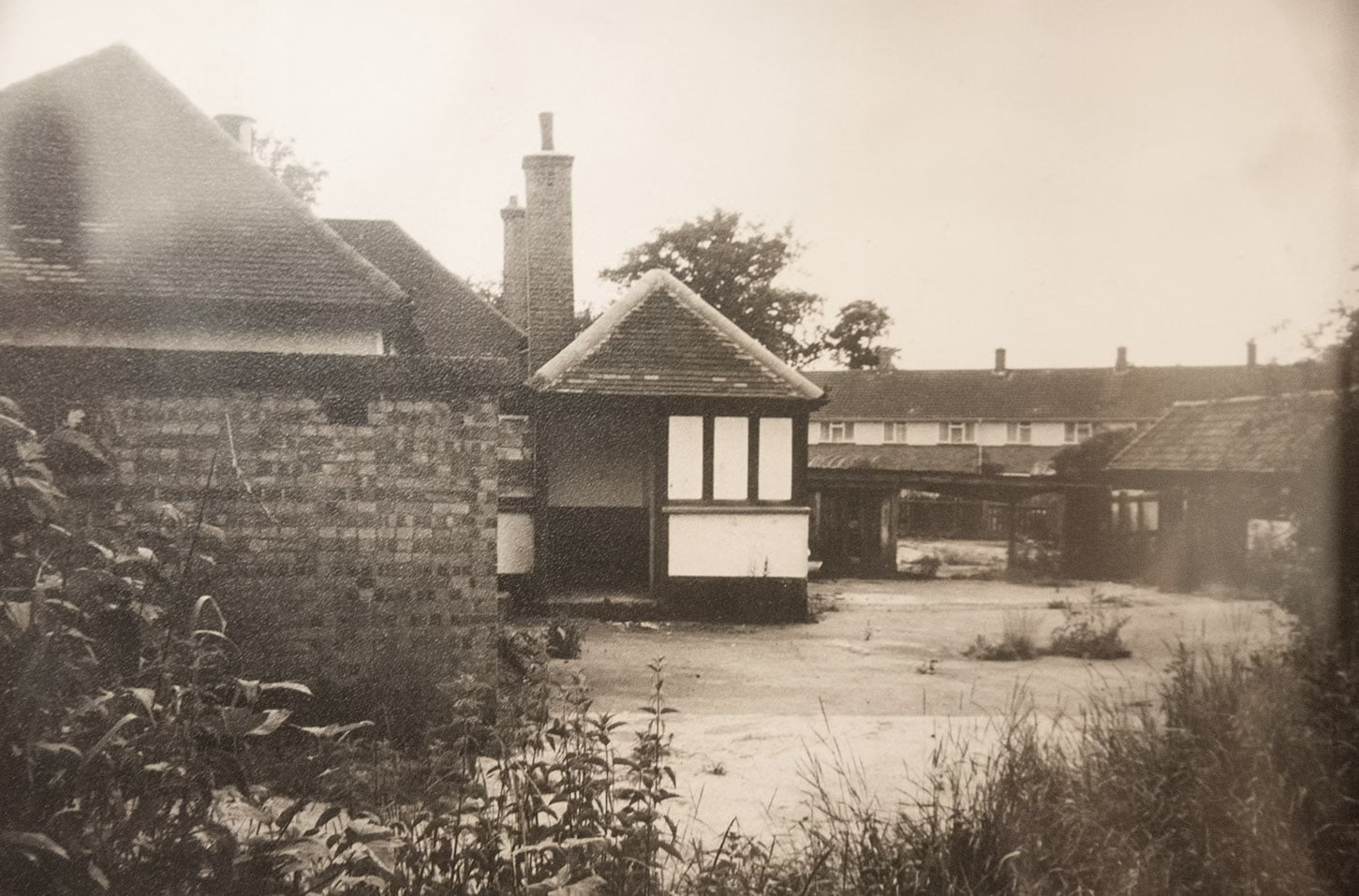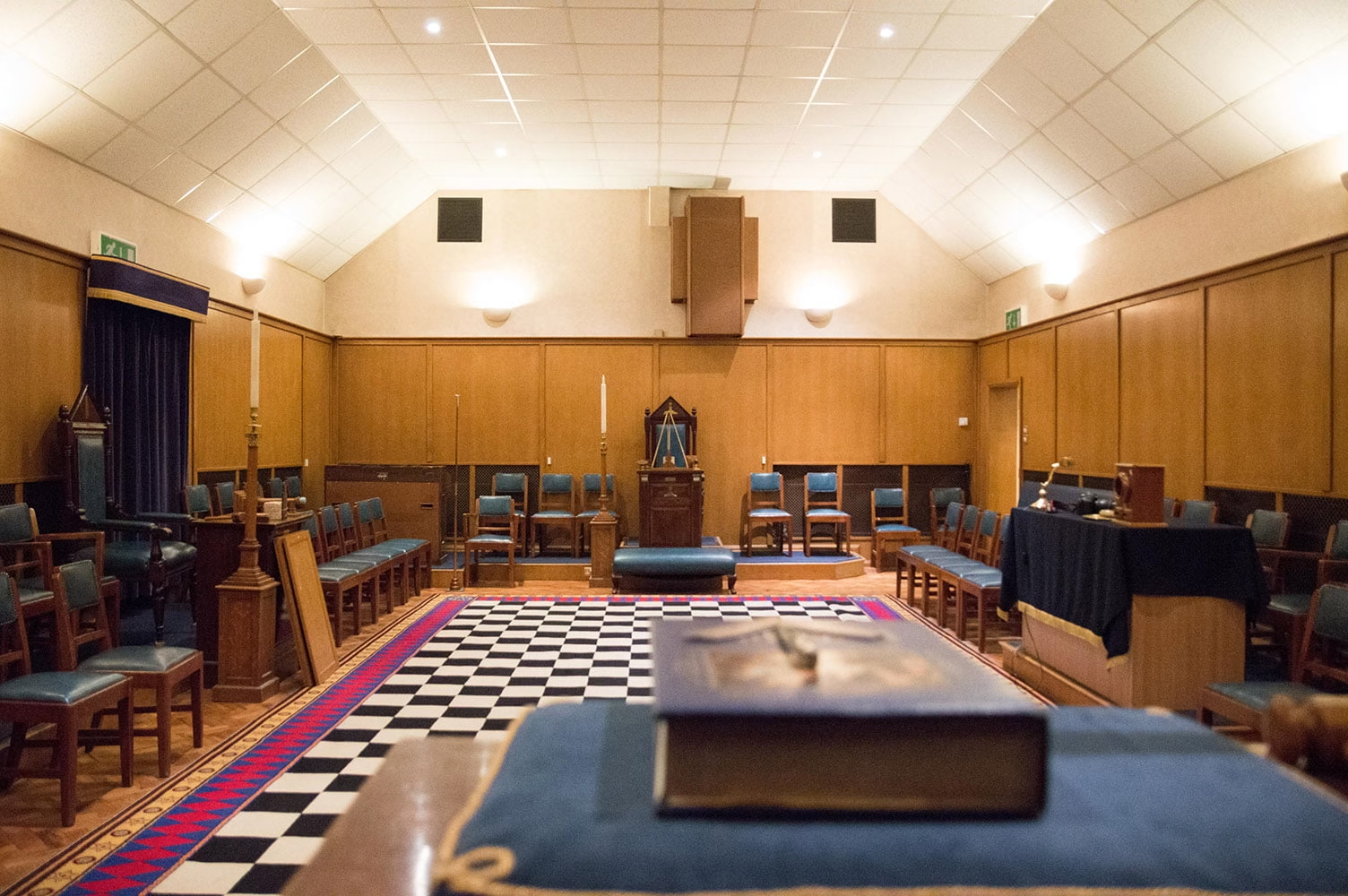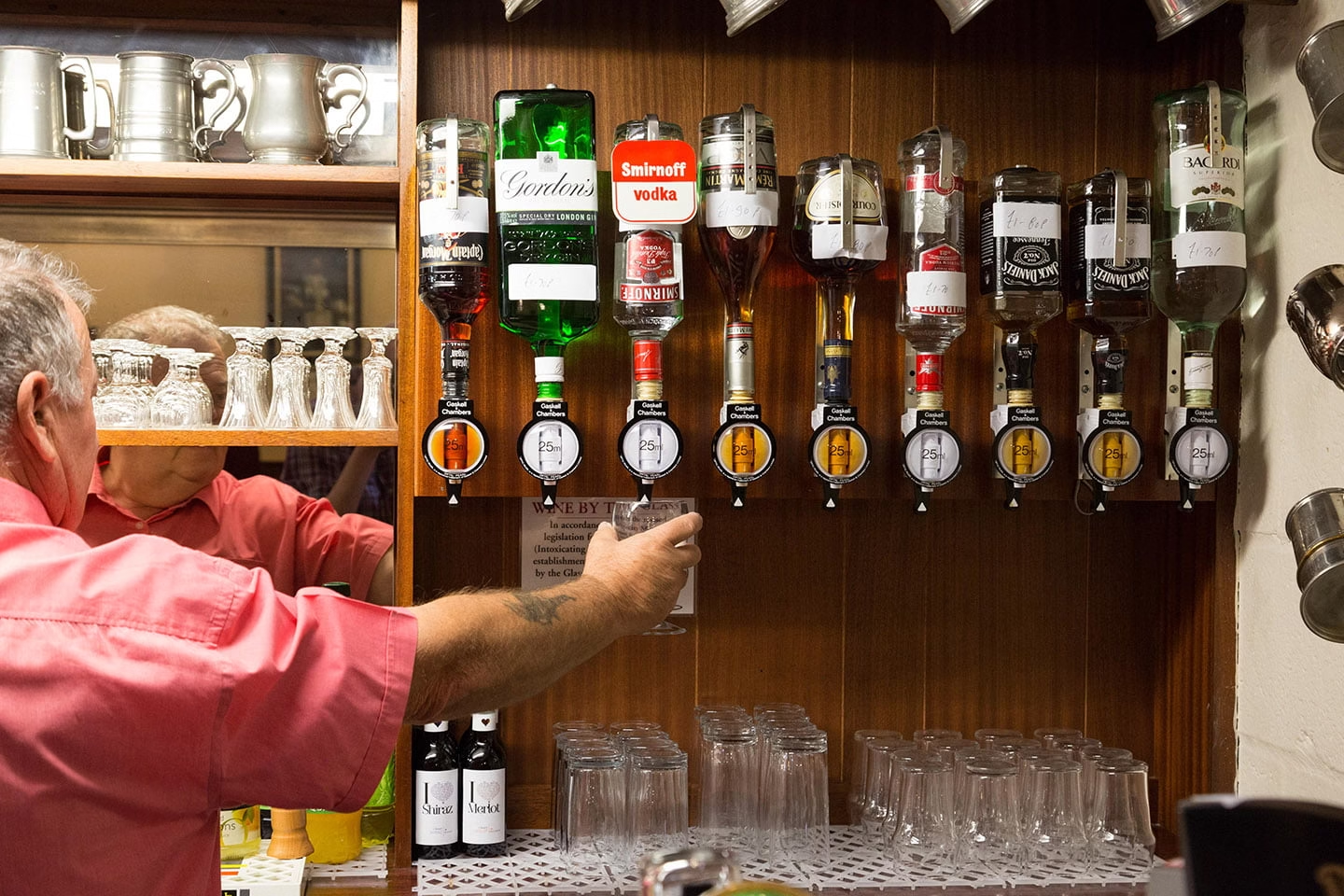Freemasonry in This Area – A Brief History by David Brown
It is a common misconception that everything in Harlow began with the advent of the New Town in the early 1950’s. This is certainly not the case with Freemasonry, which existed in and around Harlow for many years before this. Indeed Harlow Lodge has already celebrated its Centenary and other Lodges in this part of Essex e.g. Ongar Lodge have been established for many years before Harlow was designated as one of the London ring New Towns. It is true to say, however, that Freemasonry did expand rapidly with the influx of residents and the development of housing in Harlow.
Meeting places for these older Lodges varied considerably and Harlow Lodge met for many years at other venues in the Old Town area – Oddfellows Hall; The Working Men’s Club; St. John’s Hall and the Women’s Institute Hall – to mention just a few locations. Ongar Lodge, consecrated in 1925, met for many years at the Budworth Hall in Ongar before moving to Harlow in 1972.
Freemasonry has, by its nature, always comprised members from all walks of life and professions. Harlow Lodge drew its membership from the local farming community, shopkeepers, schoolmasters, building tradesmen and many other professions. Indeed this underlines the basis of Freemasonry that it brings together both skilled and unskilled people in a common endeavour of charity.












